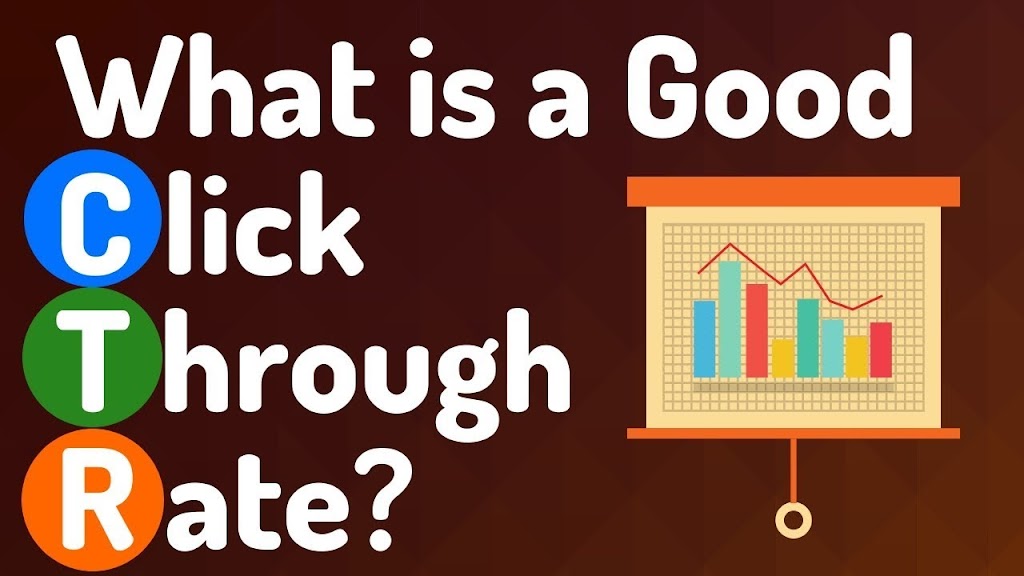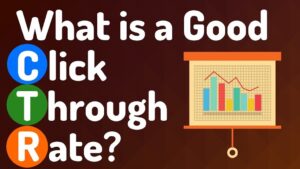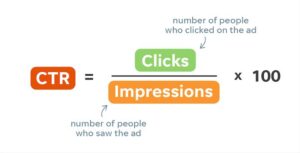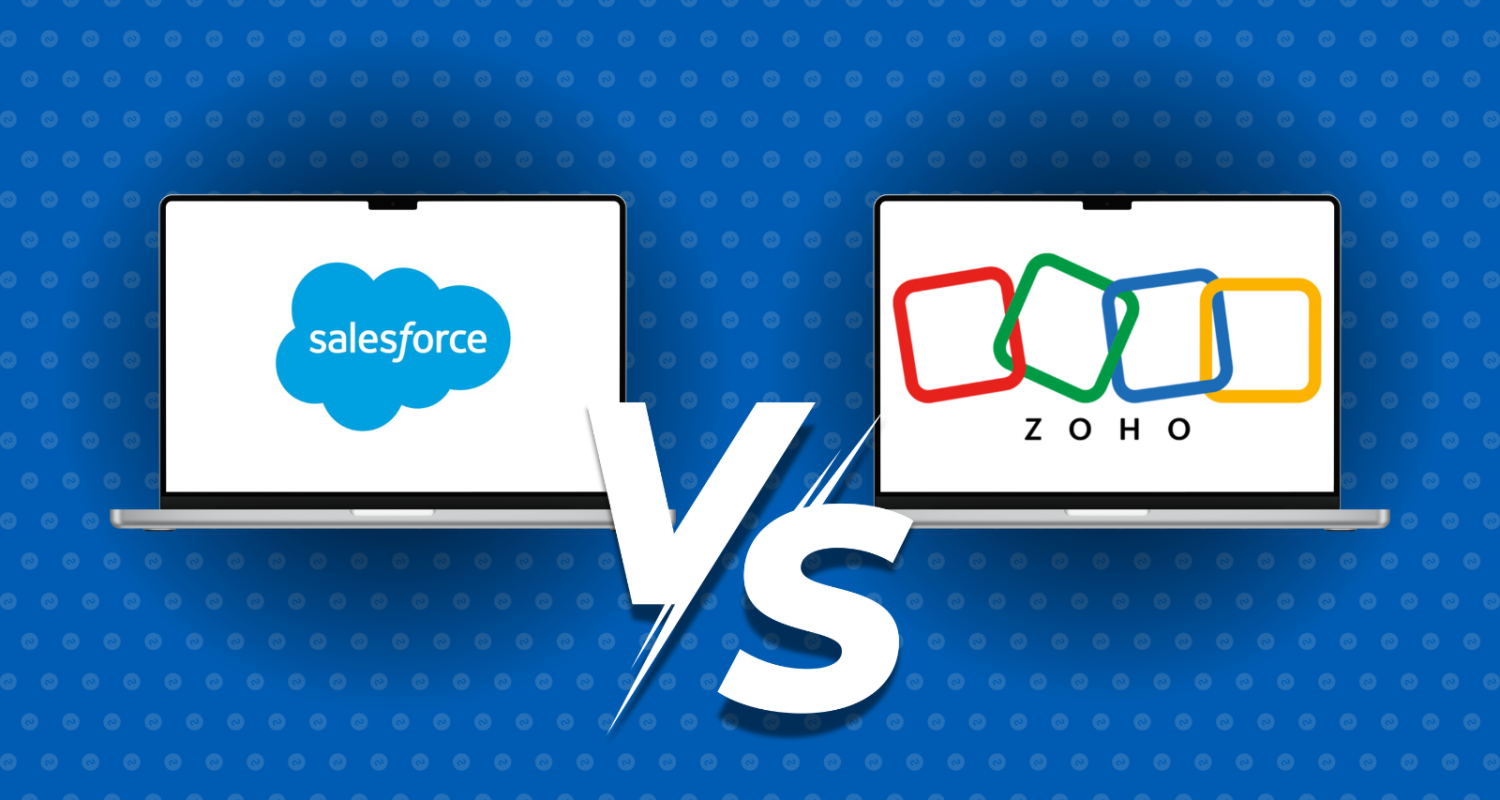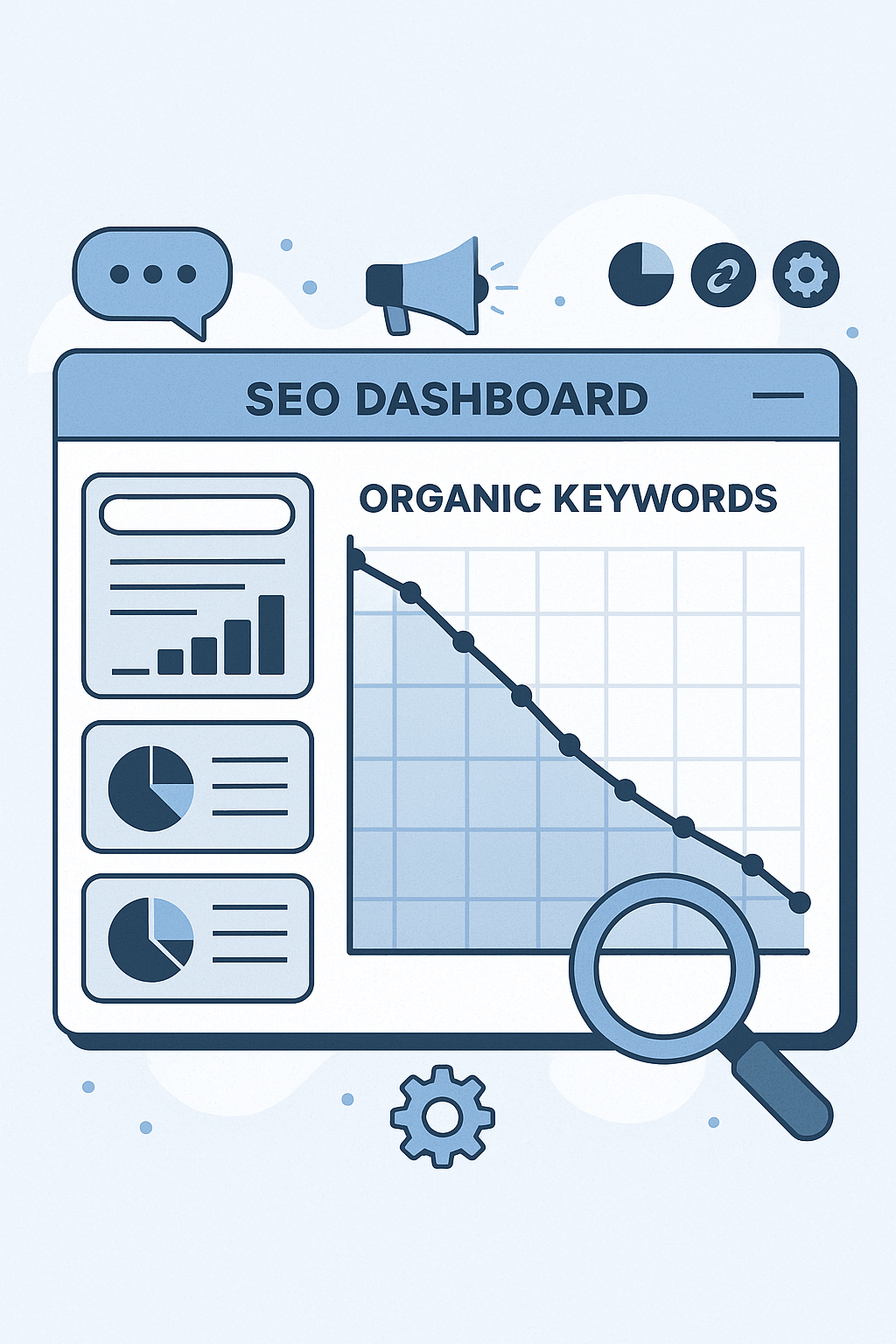Introduction
Click-Through Rate (CTR) is one of the most important metrics in digital marketing, SEO, and paid advertising. It measures the percentage of people who click on a link after seeing it, providing an indicator of how well your content or ads are performing. In simpler terms, CTR tells you how often people are compelled to take the action of clicking when they come across your content.
CTR is essential not only for paid search campaigns but also for organic search engine optimization (SEO). A high CTR generally indicates that your title, meta description, and content resonate with your audience, which can positively impact your website’s traffic and conversions.
Understanding Click-Through Rate (CTR)
CTR is calculated by dividing the number of clicks your content receives by the number of times it was viewed (impressions). The formula is:
For example, if your ad or link is displayed 1,000 times and 100 people click on it, your CTR would be:
This percentage reflects the effectiveness of your content in prompting action from your audience. A higher CTR means that more people are clicking on your content, which can lead to higher engagement, conversions, and revenue.
Importance of CTR in SEO
1. Indicator of Content Relevance
One of the most important factors that contribute to a high CTR is the relevance of the content to the user’s search intent. When your content aligns with what users are searching for, they are more likely to click on your link. This sends a positive signal to search engines, which helps in improving your website’s ranking. A strong CTR suggests to Google that your content is relevant and useful to users.
2. Influence on Rankings
Although CTR is not a direct ranking factor, it can indirectly impact your SEO efforts. Google takes user engagement into consideration when determining how well a page meets the needs of its users. High CTR, along with low bounce rates and higher time-on-page metrics, suggests that your content is valuable, which could lead to better rankings over time.
3. Improved Ad Performance
In the world of paid advertising (Google Ads, Bing Ads, Facebook Ads, etc.), CTR directly affects the Quality Score, which influences both the cost and performance of your ad. Ads with higher CTRs are seen as more relevant, which can lower your cost-per-click (CPC) and improve your ad positioning, leading to more exposure and conversions.
4. Cost Efficiency
Whether in SEO or paid advertising, improving your CTR can lead to more efficient use of your marketing budget. In pay-per-click (PPC) campaigns, for example, ads with high CTRs tend to be shown more frequently and at a lower cost. Similarly, in organic SEO, a higher CTR improves user engagement metrics, which can lead to sustained traffic without increasing advertising spend.
Factors Affecting Click-Through Rate
1. Title and Meta Descriptions
The title and meta description are the first things a user sees when your page appears in search engine results. Crafting a compelling and relevant title can significantly increase CTR. For instance, titles that include numbers, questions, or clear benefits tend to perform better.
Example:
Consider the difference between two headlines:
- “How to Increase Your Website Traffic”
- “10 Proven Ways to Increase Website Traffic in 2024”
The second one is more likely to get clicks because it promises actionable, updated, and specific insights.
2. URL Structure
Having a clear and concise URL can also improve your CTR. URLs that include keywords and are easy to read often have a better performance than long, complicated ones.
Example:
- Good URL: www.example.com/seo-guide
- Bad URL: www.example.com/index.php?id=123&abc
The first URL is more readable and descriptive, giving users a clear idea of the page content.
3. Rich Snippets and Structured Data
Using structured data to create rich snippets (e.g., star ratings, reviews, prices, and more) can significantly enhance your CTR. These snippets make your listing stand out on the search results page, providing additional information that encourages users to click.
4. Mobile Optimization
More than half of web traffic comes from mobile devices. If your website or ad is not mobile-friendly, your CTR may suffer. A responsive design and mobile-friendly user experience can boost CTR by ensuring that users can easily engage with your content from any device.
How to Improve CTR in SEO
1. Optimize Title Tags
Your title tag is one of the most important elements that affect CTR. Use relevant keywords in the title, and make sure it is engaging and specific. Including numbers, action words, and the promise of benefits can encourage clicks.
2. Write Engaging Meta Descriptions
A well-written meta description provides more context about your page and can be the deciding factor for users on whether to click. Make sure it’s clear, concise, and includes a strong call to action. Meta descriptions should be about 150-160 characters to ensure they’re not cut off in search results.
Example of a Compelling Meta Description:
“Discover 10 actionable tips to boost your website traffic and SEO ranking. Learn how to drive more organic traffic with these proven strategies.”
3. Use Descriptive URLs
As mentioned earlier, clean and descriptive URLs can increase CTR by giving users more confidence in the relevance of your content. Include your primary keyword in the URL if possible.
4. Add Structured Data
Implementing structured data can make your listing more attractive by adding extra elements like star ratings or product prices. This extra information often prompts users to click on your content over others in the same search results.
5. Leverage Emotional Triggers
Using emotional triggers like urgency or exclusivity in your headlines and descriptions can improve CTR. For example, phrases like “limited time offer” or “don’t miss out” encourage users to take action.
CTR and User Experience (UX)
CTR is closely linked to user experience (UX). If users find your content engaging and relevant, they are more likely to click through and explore your website. User engagement metrics such as time on site and bounce rate can further enhance your SEO performance when combined with a high CTR.
Improving your website’s loading speed, ensuring it’s mobile-friendly, and simplifying navigation all contribute to a positive user experience, which ultimately boosts CTR.
CTR Benchmarks
CTR can vary significantly across industries and platforms. For organic search, a CTR of around 2-5% is generally considered good. In paid search, CTRs tend to be lower, but a 1-2% CTR is usually a good benchmark in highly competitive industries.
It’s important to regularly monitor your CTR to identify what’s working and what needs improvement. Tools like Google Analytics and Google Search Console provide valuable insights into your CTR and overall performance in both organic and paid campaigns.
Conclusion
In digital marketing and SEO, Click-Through Rate (CTR) plays a critical role in determining the success of your content or ads. A high CTR indicates that your content resonates with your audience and prompts them to engage with it. By optimizing title tags, meta descriptions, URLs, and leveraging structured data, you can significantly improve your CTR.
Remember that CTR is not just about getting clicks but about attracting the right clicks that lead to conversions and better user engagement. A focus on quality, relevance, and user experience is key to achieving sustainable success in SEO and paid advertising.

